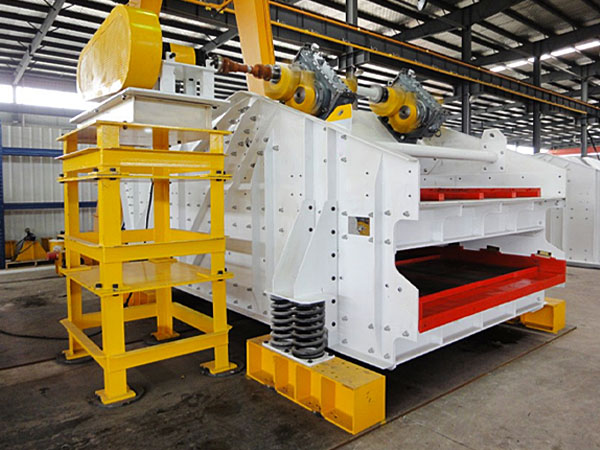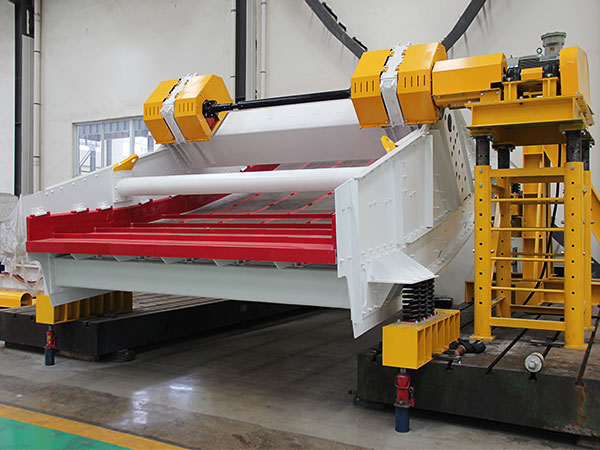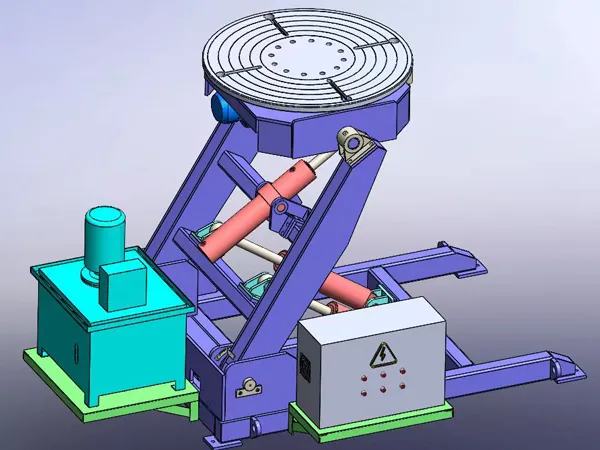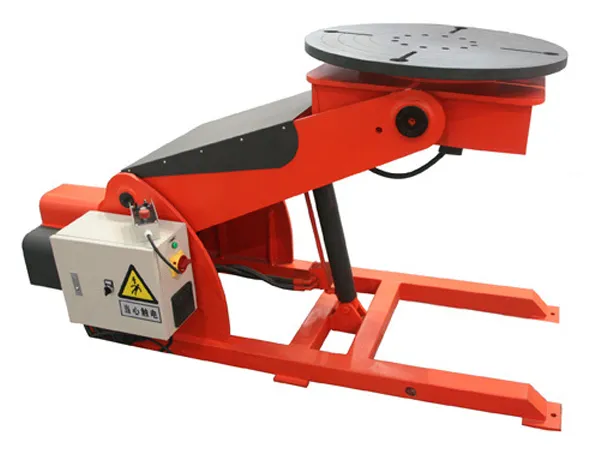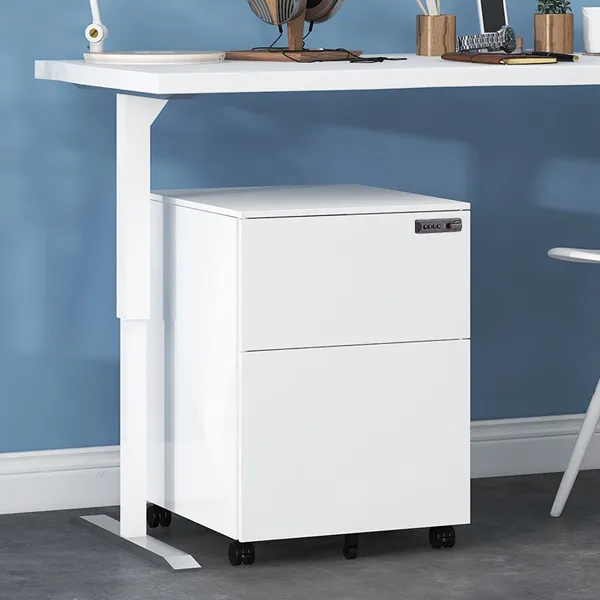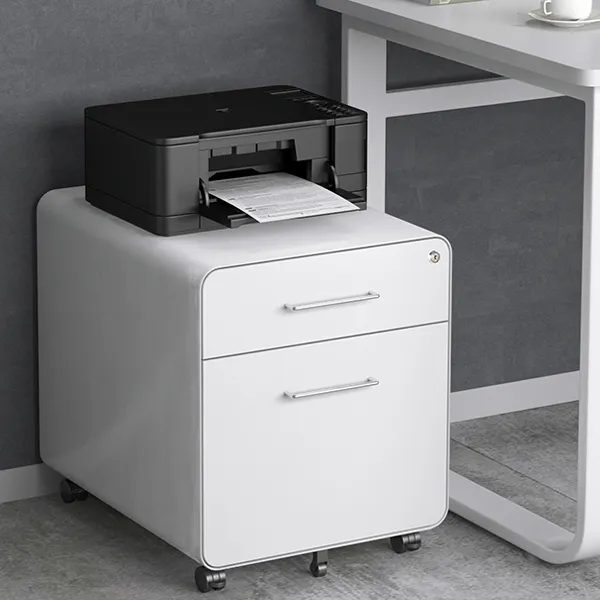The Ford 4000 tractor is a popular model that has been used in agriculture for many years. If you’re looking for information about the clutch disc for the Ford 4000 tractor, it’s important to consider that specifications and availability may vary depending on the tractor’s year of manufacture and any modifications that may have been made to it over time.
Ford 4000 tractor clutch plate selection

Size and Specifications
The clutch disc size and specifications may vary, so it’s crucial to know the exact model year and variant of the Ford 4000 tractor you have. Tractor parts suppliers and manufacturers provide specifications for their products, and you should match these to the requirements of your specific tractor.
Material and Construction
Clutch discs are typically made of friction material, and the quality of this material can impact the overall performance and longevity of the clutch. Some clutch discs may have specific features, such as a spring center or a solid hub. Ensure that the replacement clutch disc matches the original specifications.
Purchase from Reputable Suppliers
When looking for a replacement clutch disc, it’s advisable to purchase from reputable tractor parts suppliers or dealers. They often have knowledgeable staff who can guide you in selecting the right part based on your tractor’s specifications.
…
For more detailed information on how to choose a Ford 4000 tractor clutch disc, please click here: https://www.syclutch.com/personal/ford-4000-tractor-clutch-disc-selection.html

